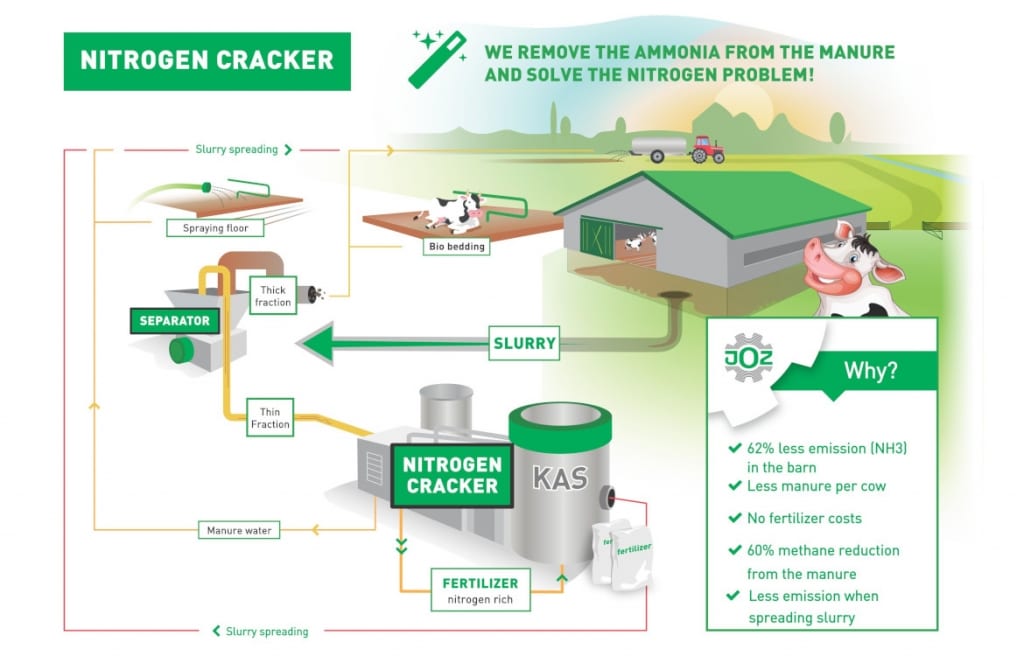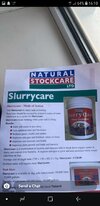Maybe there is a thread about this somewhere else.
With the price of fertilizer looking to be substantially higher for next year a few of us was talking about treating slurry to get more out of it.
I have used " digest it " bought throught lakeland / devenish before and did find it good.
Newish product called " slurry gold " made down the road from us.see it been advertised on different sites and a big push to sell it.
Local store selling .5kg tub that treats 50k gallons for 110 euro and tank to be treated just at the start of the winter.
has many on here used many or any of these products.
Did use digest it and found it good.
Is there any of these products better than others , or what is the ingredients that one should expect to see in this products.various products but some not living up to expectation.
Agitation isn't a problem and it's rare I ever had to add water even for 850m piping
With the price of fertilizer looking to be substantially higher for next year a few of us was talking about treating slurry to get more out of it.
I have used " digest it " bought throught lakeland / devenish before and did find it good.
Newish product called " slurry gold " made down the road from us.see it been advertised on different sites and a big push to sell it.
Local store selling .5kg tub that treats 50k gallons for 110 euro and tank to be treated just at the start of the winter.
has many on here used many or any of these products.
Did use digest it and found it good.
Is there any of these products better than others , or what is the ingredients that one should expect to see in this products.various products but some not living up to expectation.
Agitation isn't a problem and it's rare I ever had to add water even for 850m piping




